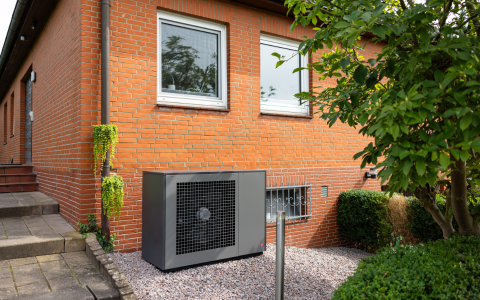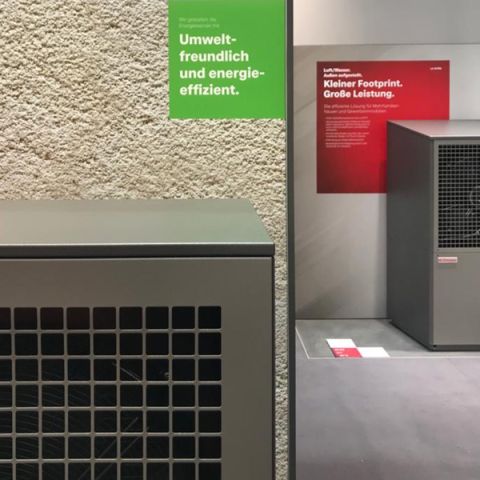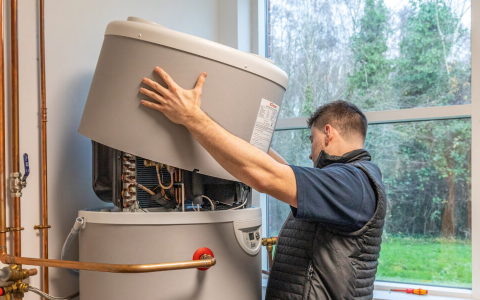

Disposal of Old Devices
Disposal of electrical and electronic equipment:
The symbol of the crossed-out wheelie bin means that this electrical or electronic device may not be disposed of with household waste at the end of its service life, but must be taken to a separate collection by the end user. There are free collection points for waste electrical and electronic devices in your area and, if necessary, other collection points for the disposal of the devices.
Distributors with a sales area for electrical and electronic equipment of at least 400 square meters as well as food distributors with a total sales area of at least 800 square meters who offer electrical and electronic equipment several times a calendar year or permanently and make them available on the market are also obliged to return old electrical and electronic equipment free of charge Take back electronic devices. When selling using means of distance communication, the distributor's sales areas include all storage and shipping areas. Upon request, the distributor must take back old devices that are not larger than 25cm in any external dimension free of charge in the retail store or in the immediate vicinity; The return may not be linked to the purchase of a new device and is limited to three old devices per device type.
When handing over a new electrical or electronic device to an end user, distributors must take back the end user's old device of the same type of device - which essentially fulfills the same functions as the new one - at the place of delivery or in the immediate vicinity free of charge. The place of delivery can also be a private household, provided that the delivery takes place there; In this case, the collection of the old device must be arranged free of charge for the end user; When concluding the purchase contract for the new electrical and electronic device, the distributor must ask the end user about the possibility of returning or collecting it free of charge and about the intention to take back an old device when the new device is delivered. When selling using means of distance communication, free collection is limited to heat exchangers (category 1), screens (category 2) and large appliances (category 4); For lamps (Category 3), small appliances (Category 5) and information and telecommunications technology devices (Category 6), suitable return options must be guaranteed within a reasonable distance from the respective end user;
If the old device contains personal data, you are responsible for deleting it before returning it. If this is possible without destroying the old electrical or electronic device, please remove all batteries and lamps before disposing of them and place them in a separate collection.
The Federal Ministry for the Environment, Nature Conservation, Nuclear Safety and Consumer Protection (BMUV) publishes detailed data on electrical and electronic equipment and the quantitative targets for collection and recycling quotas achieved in Germany and to be submitted to the EU Commission on its website every year: https:/ /www.bmuv.de/themen/wasser-immobilien-abfall/kreiswirtschaft/statistics/elektro-und-elektronikaltgeraete
Disposal of batteries:
The crossed-out wheelie bin symbol on batteries or accumulators means that they must not be disposed of with household waste at the end of their service life. If batteries or accumulators contain mercury (Hg), cadmium (Cd) or lead (Pb), you will find the relevant chemical symbol below the crossed-out wheelie bin symbol. You are legally obliged to return old batteries and accumulators after use. You can do this free of charge in retail stores or at another collection point near you.
Batteries may contain substances that are harmful to the environment and human health. Particular caution is required due to the particular risks when handling batteries containing lithium. The separate collection and recycling of old batteries and accumulators is intended to avoid negative effects on the environment and human health. Contribute to a sustainable circular economy with separate collection.
Avoid the creation of waste by using rechargeable batteries and avoid polluting the environment by not leaving batteries or electronic devices containing batteries lying around carelessly. Check the options for preparing to reuse batteries and prefer them to disposal. Batteries and accumulators contain substances that are harmful to the environment and human health; batteries containing lithium in particular have an increased risk of fire due to their chemical composition. By collecting and recycling used batteries separately, you make a significant contribution to environmental and health protection as well as resource conservation.






